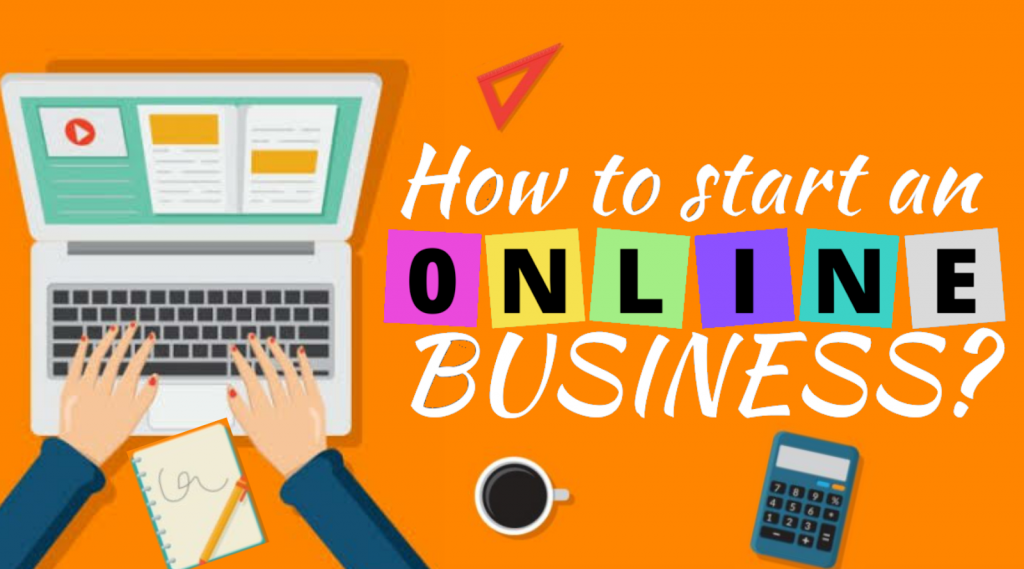
How to Build an Online Business in 2024: A No Non-sense Guide

Starting an online business has never been easier, but the process can still feel overwhelming if you’re new to it. I’ve spent hours researching the best practices, and I’m here to share what I’ve learned with you—without the fluff. Whether you’re looking to monetize a hobby or scale something bigger, here’s how you can lay the groundwork for a successful online venture.
First Step: Finding Your Niche

We’ve all been there—paralysis by analysis. But trust me, the faster you find your niche, the quicker you can get started. What are you passionate about? What knowledge or products can you offer? I know, it sounds basic, but this is where most people get stuck. It’s crucial to narrow down your focus and really understand who your target customer is.
Your niche should be something you care deeply about, but it also needs to solve a problem or fulfill a need in the market. Whether it’s handmade crafts or curated vintage fashion, your niche determines your product offering and the overall direction of your business. It will also influence how you structure your e-commerce platform, where you will eventually lead traffic to—yes, we’ll get to that!
Creating a Digital Home
I get it. The idea of building a website can be intimidating, especially if you’ve never done it before. But thanks to user-friendly platforms, it’s become relatively simple to set up a professional-looking site in no time. You won’t need a degree in web development—trust me.
Most platforms, like Shopify, provide everything from customizable templates to built-in payment gateways. They even offer tools to help you optimize your SEO and track customer behavior. That means you can spend less time worrying about the technical stuff and more time perfecting your business model.
Don’t Sleep on SEO

Here’s where a lot of new entrepreneurs miss the mark. They build a beautiful website, fill it with amazing products, and…crickets. Why? Because they forgot about SEO. If you want people to find you online, you’ve got to play nice with search engines. SEO optimization is what separates the successful businesses from the ones no one knows about.
This isn’t just about sprinkling keywords around like fairy dust—it’s about creating meaningful content that resonates with your target audience and includes natural opportunities to link to other useful resources. Think about your blog posts, product descriptions, even the titles of your pages—are they optimized for search?
Getting Your First Customers
You’ve got the site. You’ve got the products. Now, it’s time to drive traffic. The quickest way? Get active on social media. Instagram, TikTok, Pinterest—whatever your customers are using, you need to be there. Don’t just post product shots, though. Share your story, offer insights, and create a real connection with your audience.
Consider email marketing as well. It’s still one of the most powerful tools for building customer relationships. Use a service that allows you to segment your audience, so you can send tailored content directly to their inbox. This personalized approach not only drives traffic but builds loyalty over time.
Streamlining Your Operations

Once the sales start rolling in, you’ll need to streamline your operations to keep up with demand. Trust me when I say that the right tools make all the difference. Tools for inventory management, shipping integrations, and customer service automation can save you hours of manual work every week. Many e-commerce platforms integrate these tools seamlessly into their systems, allowing you to scale efficiently.
For example, platforms like Shopify offer an all-in-one solution for managing the behind-the-scenes aspects of your business. With automated shipping and analytics, you can focus on what matters most—growing your brand and providing top-notch service.
Scaling Your Business
Scaling your business doesn’t just mean selling more products. It’s about improving efficiency, expanding your audience, and making sure you’re continuously optimizing every aspect of your business. Look at your analytics regularly—track where your traffic is coming from, what products are performing well, and where you can improve.
As your business grows, so will the complexity. Hiring additional help, whether freelancers or full-time employees, might become necessary. But the key is to ensure that you’ve laid the right foundation, so you’re not scrambling when orders start increasing.
Final Thoughts
Building an online business is a journey, not a sprint. You’ll hit roadblocks. You’ll face challenges. But if you stay intentional and focus on the fundamentals, you’ll see progress.
You don’t have to be an expert in everything—there are platforms designed to simplify the process, allowing you to grow your business without getting bogged down by technical details. Take your time, do your research, and always keep your customer’s needs at the heart of your strategy. Success isn’t just about launching your store; it’s about creating something that lasts.